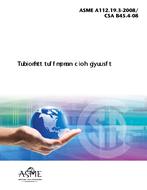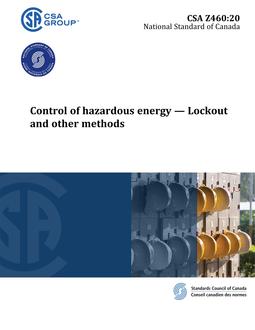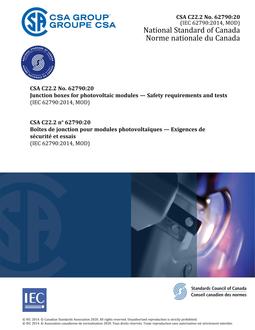Click here to purchase
Preface:
This is the first edition of CSA Z334, Over-the-shoe toe protectors, covering design and performance requirements for toe protectors intended to be worn over non-safety footwear.
This Standard is distinct from CSA Z195, Protective Footwear, in that over-the-shoe toe protectors are designed only to provide protection from impacts to the toes of users (on a temporary basis). They do not include most of the safety features offered by fully-integrated safety footwear (as specified in CSA Z195). As such, these protectors are not considered to be protective (safety) footwear.
CSA Group gratefully acknowledges the financial and in-kind support from the Canadian government departments responsible for occupational health and safety for the development of this edition.
This Standard was prepared by the Subcommittee on Over-the-shoe Toe Protectors, under the jurisdiction of the Technical Committee on Protective Footwear and the Strategic Steering Committee on Occupational Health and Safety, and has been formally approved by the Technical Committee.
Scope:
1.1
This Standard deals with over-the-shoe toe protectors for temporary use and includes requirements for one grade of toe impact resistance.
Note: This type of protector should not be confused with fully-integrated safety footwear (as specified in CSA Z195).
1.2
This Standard also provides requirements for slip-resisting over-the-shoe toe protectors.
1.3
For the purpose of this Standard, “temporary” is considered to be short-term use such as that by visitors to a work site or by individuals traversing a foot hazard area (not performing work in that area), and not for continual daily use as a permanent method of foot protection.
1.4
The values given in SI units are the units of record for the purposes of this Standard. The values given in parentheses are for information and comparison only.
1.5
In this Standard, “shall” is used to express a requirement, i.e., a provision that the user is obliged to satisfy in order to comply with the standard; “should” is used to express a recommendation or that which is advised but not required; and “may” is used to express an option or that which is permissible within the limits of the standard.
Notes accompanying clauses do not include requirements or alternative requirements; the purpose of a note accompanying a clause is to separate from the text explanatory or informative material.
Notes to tables and figures are considered part of the table or figure and may be written as requirements.
Annexes are designated normative (mandatory) or informative (nonmandatory) to define their application.
Product Details
- Edition:
- 1st
- Published:
- 12/01/2014
- ISBN(s):
- 9781771397650
- Number of Pages:
- 27
- File Size:
- 1 file , 960 KB
- Product Code(s):
- 2423376, 2423710, 2423376, 2423376


